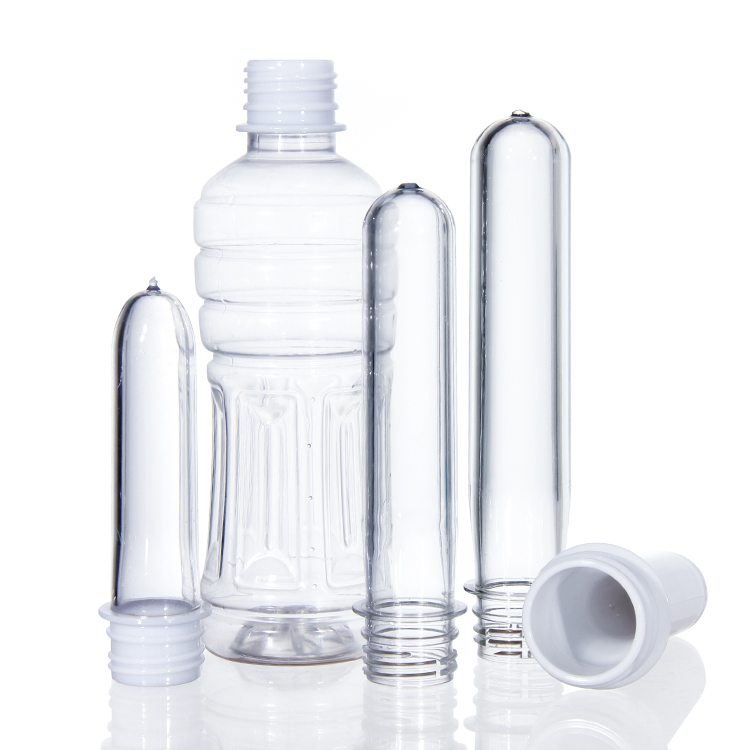What is the significance of the PET symbol found on plastic bottles?
What is the significance of the PET symbol found on plastic bottles?
A little history…
In 1970, American Gary Anderson designed the recycling symbol as part of a student competition held by the Container Corporation of America, a paper company based in Chicago. His inspiration came from the Moebius Strip. The symbol not only signifies the three R principles—reduce, reuse, and recycle—but also serves to categorize plastics by including an identification code within it. This coding system was introduced in 1988 by the Society of Plastic Industries (SPI) to rank various types of plastic according to their recycling rates at that time. Although intended for voluntary use, this classification has since been adopted globally.

Plastic bottles identification code
The National Association of Plastic Industries (ANIPAC) highlights several key benefits of plastics, including their lightweight nature, adaptability, and long-lasting properties. These characteristics facilitate the safe packaging of food and the efficient transportation of goods. Consequently, plastic has become a vital resource across various industries. Nonetheless, it is important to acknowledge that the overuse of plastics has contributed to environmental challenges. To maximize the advantages of this material sustainably, responsible sorting and recycling practices are crucial. The Society of Plastic Industries categorizes commonly used plastics with numbers ranging from 1 to 7, which can typically be found on the bottom of bottles or containers.
How to identify them?
The primary material utilized for producing plastic bottles is polyethylene terephthalate (PET), which secures its position at the top of the list. Following it, high-density polyethylene (HDPE) comes in second place and is commonly found in cleaning products as well as containers for cream and milk. In third place is polyvinyl chloride (PVC), which is well-suited for manufacturing shampoo bottles, pipes, and toys. Low-density polyethylene (LDPE) ranks fourth and can be seen in items like grocery bags, plastic wrap, and gloves. Polypropylene (PP) holds the fifth position and is frequently used for lids as well as containers for butter or yogurt. Polystyrene (PS) takes sixth place, appearing in various toys, cutlery, and white foam materials (often referred to as styrofoam). Lastly, plastics categorized as number 7 are those that cannot be recycled.
correct classification
To achieve optimal results in recycling, the initial step involves categorizing plastics. This requires sorting them based on the key characteristics of the materials used in their manufacture. Important factors include color, particle size, density, and electromagnetic properties. Consequently, it is essential for manufacturers to label the type of plastic utilized in their products, as this facilitates a more efficient recycling process.
Polyethylene terephthalate, commonly referred to as PET, is a widely utilized substance in the production of plastic bottles and containers. This material is known for its crystalline structure, lightweight nature, flexibility, and exceptional strength. Importantly, PET bottles are designed for reuse thanks to their impressive longevity. As a society, we have a responsibility to recycle and responsibly reuse these plastic bottles to avoid contributing to waste.
Environmental benefits
Polyethylene terephthalate, commonly referred to as PET, is a widely utilized substance in the production of plastic bottles and containers. This material is known for its crystalline structure, lightweight nature, flexibility, and exceptional strength. Importantly, PET bottles are designed for reuse thanks to their impressive longevity. As a society, we have a responsibility to recycle and responsibly reuse these plastic bottles to avoid contributing to waste.